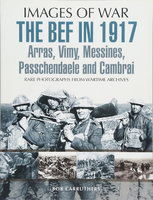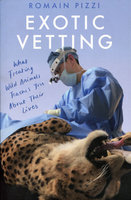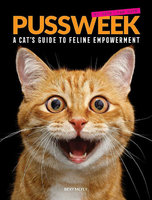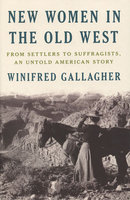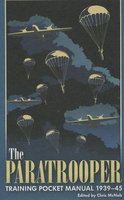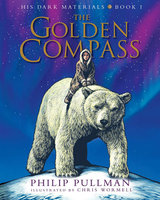New, Quality Gift Books - 50-90% off - over 2500 titles
Your basket is empty.
Categories Lucky Dip Clearance ANIMALS IN THE GREAT WAR: Rare Photographs
ANIMALS IN THE GREAT WAR: Rare Photographs
Book number: 92640
Product format: Paperback
In stock
Bibliophile price
£6.00
Published price
£14.99
Customers who bought this product also bought
|
IMAGES OF WAR: THE BEF IN 1917
Book number: 92646
Product format: Paperback
Bibliophile price
£3.50
Published price
£14.99
|
EXOTIC VETTING: True Stories
Book number: 92838
Product format: Paperback
Bibliophile price
£6.00
Published price
£14.99
|
PUSSWEEK: A Cat's Guide to Feline Empowerment
Book number: 93124
Product format: Paperback
Bibliophile price
£6.50
Published price
£12.99
|
|
NEW WOMEN IN THE OLD WEST: From Settlers to Suffragists
Book number: 93497
Product format: Hardback
Bibliophile price
£5.50
Published price
£24.99
|
PARATROOPER: Training Pocket Manual 1939-45
Book number: 92935
Product format: Hardback
Bibliophile price
£3.75
Published price
£9.99
|
GOLDEN COMPASS: His Dark Materials Book I
Book number: 93016
Product format: Hardback
Bibliophile price
£8.00
Published price
$37.99
|
Browse these categories as well: Lucky Dip Clearance, War Memoirs, War & Militaria








